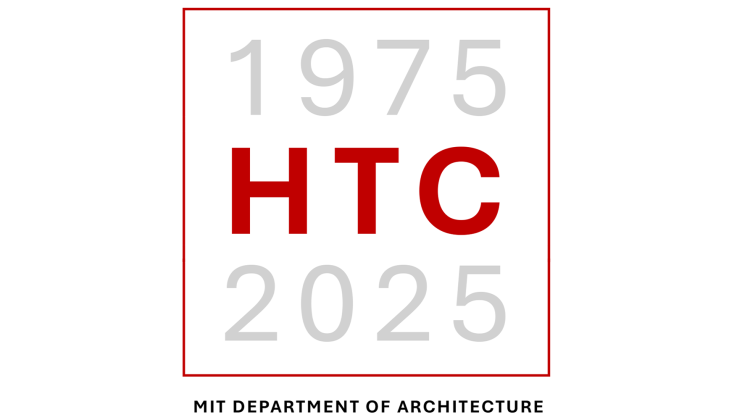4.641
4.644
19th-Century Art: Painting in the Age of Steam
UG: 4.641 | G: 4.644
Investigation of visual culture in the nineteenth century with an emphasis on Western Europe, the United States, and Japan. Topics include art and industry, artists and urban experience, empire and its image, and artistic responses to new technologies from the telegraph to the steam engine to the great refractor telescope. Strikes a balance between historical and contemporary critical perspectives to assess art's engagement with the social and political experience of modernity.
Additional work required of students taking the graduate version.
T.A.
Fall
2025
3-0-9
U
4-0-5
G
4-0-8
G
Schedule
F 2-5
Location
5-216
Enrollment
Limited to 15
HASS
A/E
Can Be Repeated for Credit
No



